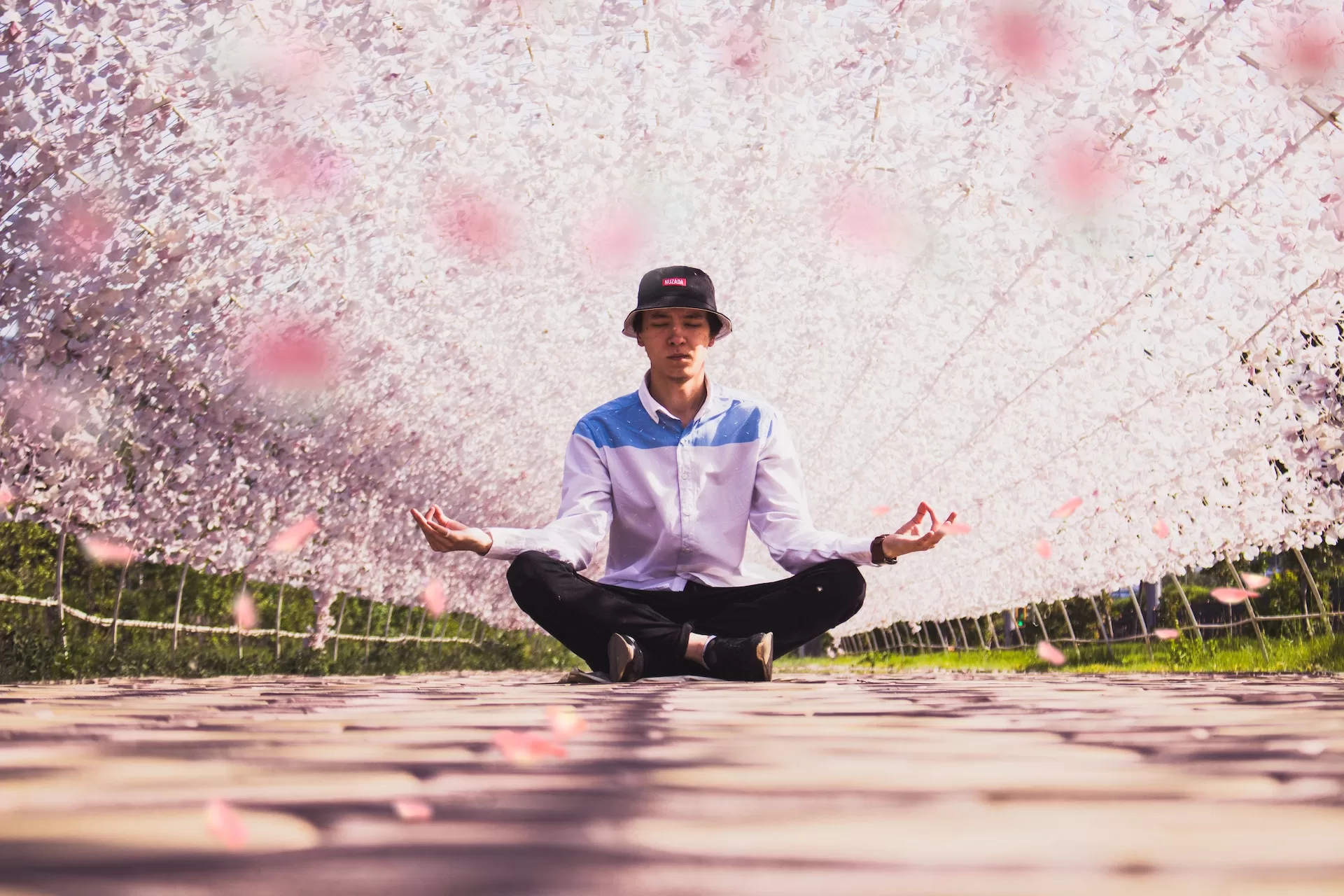Introduction
Dhyana (also known as “meditation” in some parts of the world) is a spiritual practice that has been used for thousands of years, with variations depending on geographical location and cultural background.
While different forms of this practice have been developed, these all have one main focus: to create inner peace, harmony, and a deeper connection between the self and the divine.
In recent years, this ancient art of meditation has caught the attention of both the scientific and the spiritual communities. Research has found numerous health benefits associated with regular practice, such as improved focus and concentration, decreased stress and anxiety levels, and even physical health improvements or sustainable, healthier living habits.
In this article, we will explore Dhyana in detail, including its history and origins, its definitions, what it looks like in practice, and its benefits so that readers can understand how to properly practice Dhyana and gain the associated benefits.
A Brief History and Origins of Dhyana
Dhyana (ध्यान in Sanskrit) has deep roots in the Eastern traditions of Buddhism and Hinduism, but the term itself is associated with the Yoga Sutras of Patanjali, likely written in the earlier centuries of CE.
Even before the Yoga Sutras, depictions of yogis in deep states of meditation have been found as early as the Indus Valley period, around 3000 BCE.
Siddharta Gautama, the founder of Buddhism, was said to have achieved enlightenment through the practice of meditation, giving rise to the Buddhist practices of Samatha and Vipassana meditation.
Over time, practices like Jhana yoga, Zen, Tibetan and Sufi, along with the Indian variants of Pranayama and Raja yoga, developed. In the early part of the twentieth century, Dhyana was introduced to the West, gaining popularity and encouraging further developments, such as the non-denominational Mindfulness Meditation, which has spread far and wide, now being taught in clinics, schools and even hospitals across the world.
Defining Dhyana
At its core, Dhyana is the practice of stilling the mind to bring awareness. When the mind is stilled, we can start to turn our attention inward, allowing us to become aware of thought patterns and their associated emotions.
This deeper awareness can lead to stillness and clarity of the mind, a greater understanding of the self, and a deeper connection with the divine. The process of getting to this stage is gradual, requiring practice and patience; the individual must become more and more aware of the breath, giving less attention to ever-changing thoughts, feelings and sensations.
Through this process, we can come to a place of rest, allowing us to observe our thoughts and emotions without identifying with them and truly take in the moment.
Practicing Dhyana
Dhyana is a practice accessible to everyone, regardless of physical or mental capability. It is best to start out small with short sessions—typically 10 minutes, but longer if possible—in a comfortable and quiet environment, ideally away from distractions.
When we start to practice, it is important to find a comfortable posture. This can range from full lotus to simply sitting with back support and legs crossed.
Once the posture is established, we should close our eyes and shift our attention to the breath. Rather than seek to control the breath like in many forms of yoga, the focus here is simply to observe it.
Let the breath guide you and make sure it is nowhere forced; the aim here is to remain relaxed. As we watch the breath, the mind will wander. We are not focusing on forcing anything; instead, we make an effort to recognize the wandering of the mind, then gently return attention to the breath.
This is the essence of Dhyana practice—being mindful of the present moment, rather than controlling it.
Practical Tips for Practicing Dhyana
When we start to practice, it can be helpful to focus on a certain object, such as a mantra, a visualization, or even a physical object in front of us or a sound. This can be helpful to anchor the mind and decrease distractions, but it is not necessary if we want to practice without a focus.
As we become more advanced and practiced with this exercise, we can drop the object and focus on the breath without distraction. It can also be helpful to track our progress; we can keep a journal that tracks our meditation time, notes our intentions, and even looks at the types of distractions that cause disruption.
This can be healing, as we track our progress and recognize when the mind is resistant to our practice.
Benefits of Practicing Dhyana
The most immediate benefits come to those who practice repeatedly and regularly, but even a single session of meditation can have a positive effect.
First and foremost, Dhyana session can lead to improved focus and concentration, allowing us to increase productivity and creativity.
Regularly engaging in meditation also decreases levels of stress and anxiety, as well as potentially improving physical health.
Finally, Dhyana practice is said to bring about a sense of harmony and connection, both within oneself and with the divine.
Conclusion
Dhyana is a spiritual practice that has been used for thousands of years and has over time been seen to improve mental and physical health. It is a process of stilling the mind that can be practiced anywhere, anytime, by anyone. The practice itself involves sitting in a comfortable and quiet environment, allowing the breath to be the focus, and gently returning the mind to it when distractions arise.
Finally, the benefits of regular practice are improved focus and concentration, increased productivity and creativity, diminished stress and anxiety levels, physical health improvements and healthier living habits, and a sense of inner peace, harmony and connection.

